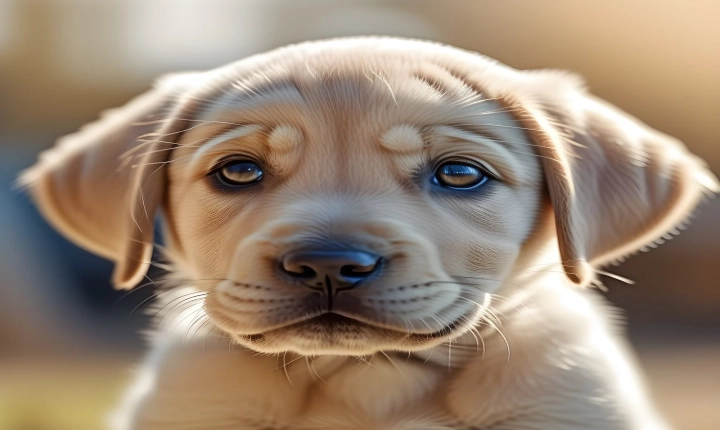Title: How to Detect AI-Generated Images and Deepfakes
In recent years, the field of artificial intelligence has made significant advancements in generating realistic images and videos. While this technology has many positive applications, it has also raised concerns about its potential misuse, particularly in creating deepfake images and videos. Detecting AI-generated images and deepfakes has become an essential skill in the digital age, as they can have far-reaching consequences for individuals and society as a whole. In this article, we will explore some of the key methods for identifying AI-generated images and deepfakes.
Understanding the Technology Behind AI-Generated Images
Artificial intelligence, particularly in the form of deep learning algorithms, has the ability to analyze and synthesize large amounts of visual data, allowing it to generate highly realistic images. These images can be convincing to the human eye and may be difficult to distinguish from genuine photographs. Additionally, deepfake technology can manipulate existing images or videos to create deceptive content.
Methods for Detecting AI-Generated Images and Deepfakes
1. Examination of Metadata: When analyzing an image, checking its metadata can provide valuable information about its source and editing history. Metadata can reveal the type of device used to capture the image, as well as any software used to manipulate it. Discrepancies in metadata can indicate that an image has been digitally altered or generated.
2. Reverse Image Search: Conducting a reverse image search using tools like Google Images or TinEye can help determine if an image has been altered or manipulated. This method compares the uploaded image with a vast database of existing images, making it easier to identify potential deepfakes or AI-generated content.
3. Forensic Analysis: Forensic analysis involves scrutinizing the visual elements and patterns within an image to identify inconsistencies that may indicate manipulation. This process may include examining lighting and shadow details, pixel-level analysis, and looking for artifacts that are often present in AI-generated images but not in genuine photographs.
4. Detection Software: Several software tools have been developed specifically to detect deepfakes and AI-generated content. These tools use machine learning algorithms to analyze traits unique to AI-generated images, such as unnatural facial features or inconsistencies in background textures. While not foolproof, these technologies can be highly effective in identifying manipulated content.
5. Human Eye and Critical Thinking: Ultimately, the human eye and critical thinking skills remain essential in detecting AI-generated images and deepfakes. Paying close attention to visual details, considering the context in which the image was shared, and critically analyzing the content can help individuals spot potential forgeries.
The Ethical Implications and Future Challenges
The rise of AI-generated images and deepfakes has significant ethical implications, particularly when it comes to misinformation, privacy violations, and the potential impact on public trust. As technology continues to advance, the challenge of detecting manipulated content will undoubtedly become more complex. This underscores the need for ongoing research and development of robust detection methods to combat the misuse of AI-generated images.
In conclusion, the ability to detect AI-generated images and deepfakes is becoming increasingly important in an age where visual content plays a critical role in shaping public opinion and perceptions. By understanding the technology behind AI-generated content and employing a combination of technical and critical thinking skills, individuals can better protect themselves and others from the harmful effects of manipulated imagery. Furthermore, continued vigilance, collaboration, and technological advancements will be essential in mitigating the potential negative impacts of this rapidly evolving technology.
